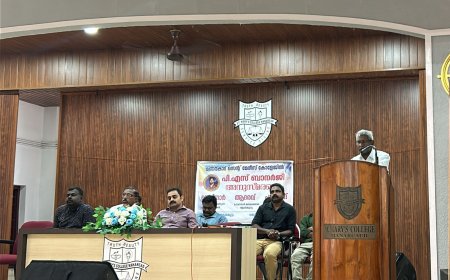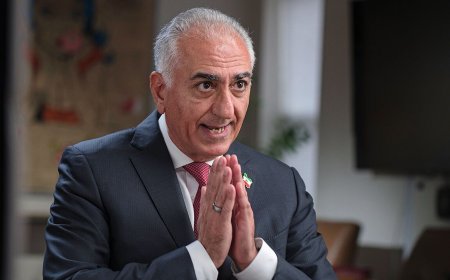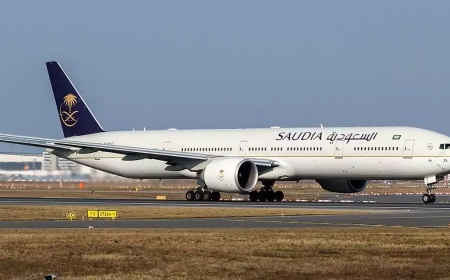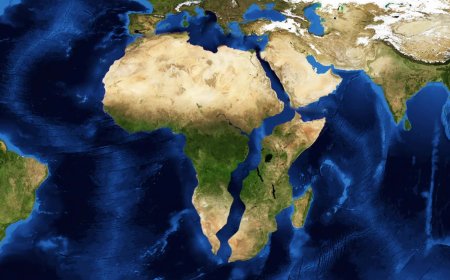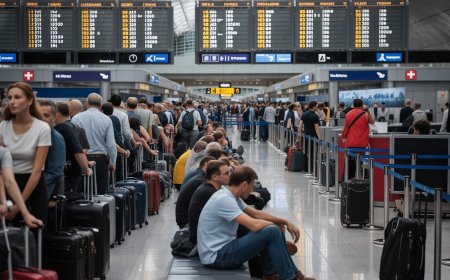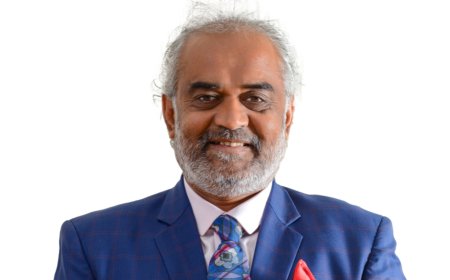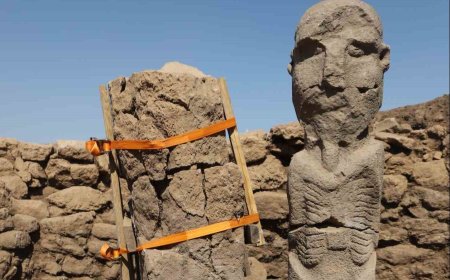There is hope despite Canada cap on students
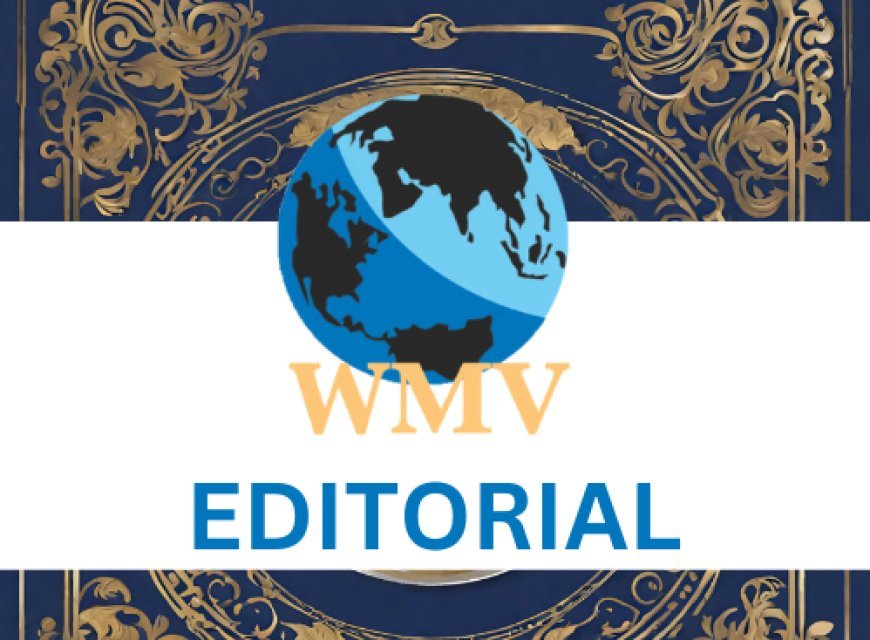
IT was a double shock for Indian students who are planning to pursue higher studies in Canada.
The first is the Canadian government’s decision to increase the Guaranteed Investment Certificate (GIC) limit, raising it from C$10,000 to C$20,635.
This change is expected to adversely affect thousands of Indian students who have plans to study in that country.
The GIC is a prerequisite for international students studying in Canada, covering living expenses for a year. The increase in cost-of-living financial requirement for study permit applicants would mean that Indian students, who had to deposit Rs 6 lakh as GIC, will now need to fork out around Rs 13 lakh.
The GIC hike douses the aspirations of many a student who was dreaming of a chick life in greener pastures in a country like Canada.
The second shock is the Canadian government’s decision to put a cap on the number of international students living in the country.
This was announced by Immigration Minister Marc Miller amid the growing unemployment and housing crisis in Canada, but didn't specify the extent of reduction the government is planning on making in the immigration system.
Miller said he will be looking at the possibility of setting a cap on international students to help reduce the demand for housing in both the first and second quarters of this year.
On the number of international students coming to Canada, far outpacing the number of homes the federal government is planning to help build, Miller also said housing is only part of the calculation when it comes to immigration targets. The pressing need to bring down the average age of the workforce also needs to be taken into consideration, he said.
While not going into specifics, Miller said a cap on international students is something the federal government is considering, "and will continue to consider."
Further, he called on the provinces to stop licensing sub-standard private colleges that he says churn foreign graduates out like "puppy mills".
Temporary residents, largely comprising international students and migrant workers, are another part of the equation, with more than 300,000 of them arriving in Canada in just the third quarter of last year.
Recent media reports, quoting official figures, say that the number of international students in Canada now goes beyond one million.
At the end of December last year, there were 1,028,850 study permit holders, with just over half of them in Ontario, the Immigration, Refugees and Citizenship Canada (IRCC) told The Globe and Mail news outlet.
The numbers that have increased rapidly from 637,855 in 2019 to 807,260 in 2022, include school, college and university students and those pursuing "other studies".
According to the IRCC, of the million-plus study permit holders, 526,015 were in Ontario, 202,565 in British Columbia, 117,925 in Quebec, 18,695 in Saskatchewan, and only 10 in Nunavut.
Much of Canada's population growth -- now one of the fastest in the world -- comes from foreign students, non-permanent residents and temporary foreign workers, according to immigration experts.
More than 60,000 international students became permanent residents of Canada in 2023 -- representing an increase of 9,670 from the 52,740 international graduates who became international students in 2022, IRCC data said.
India remains the top source country for international students in Canada, followed by China.
The number of permits given to Indian students declined by four per cent last year due to a diplomatic row between the two nations, but they remained the largest group, according to Immigration Minister Marc Miller.
Let’s hope that there is light at the end of the tunnel.






